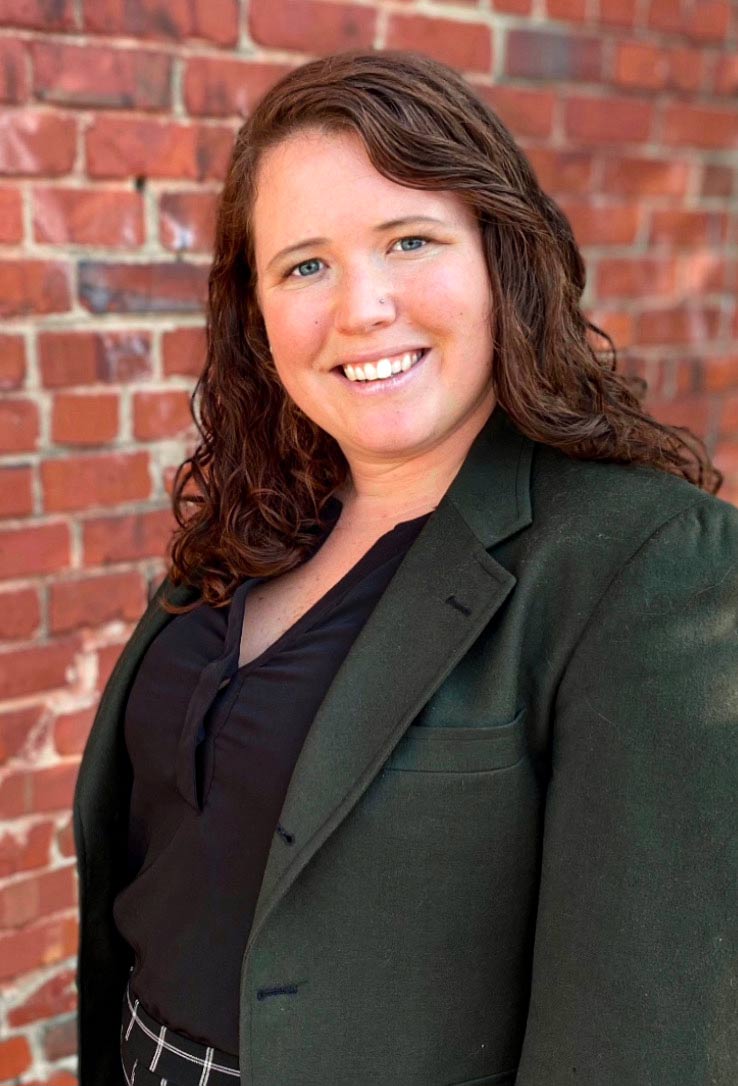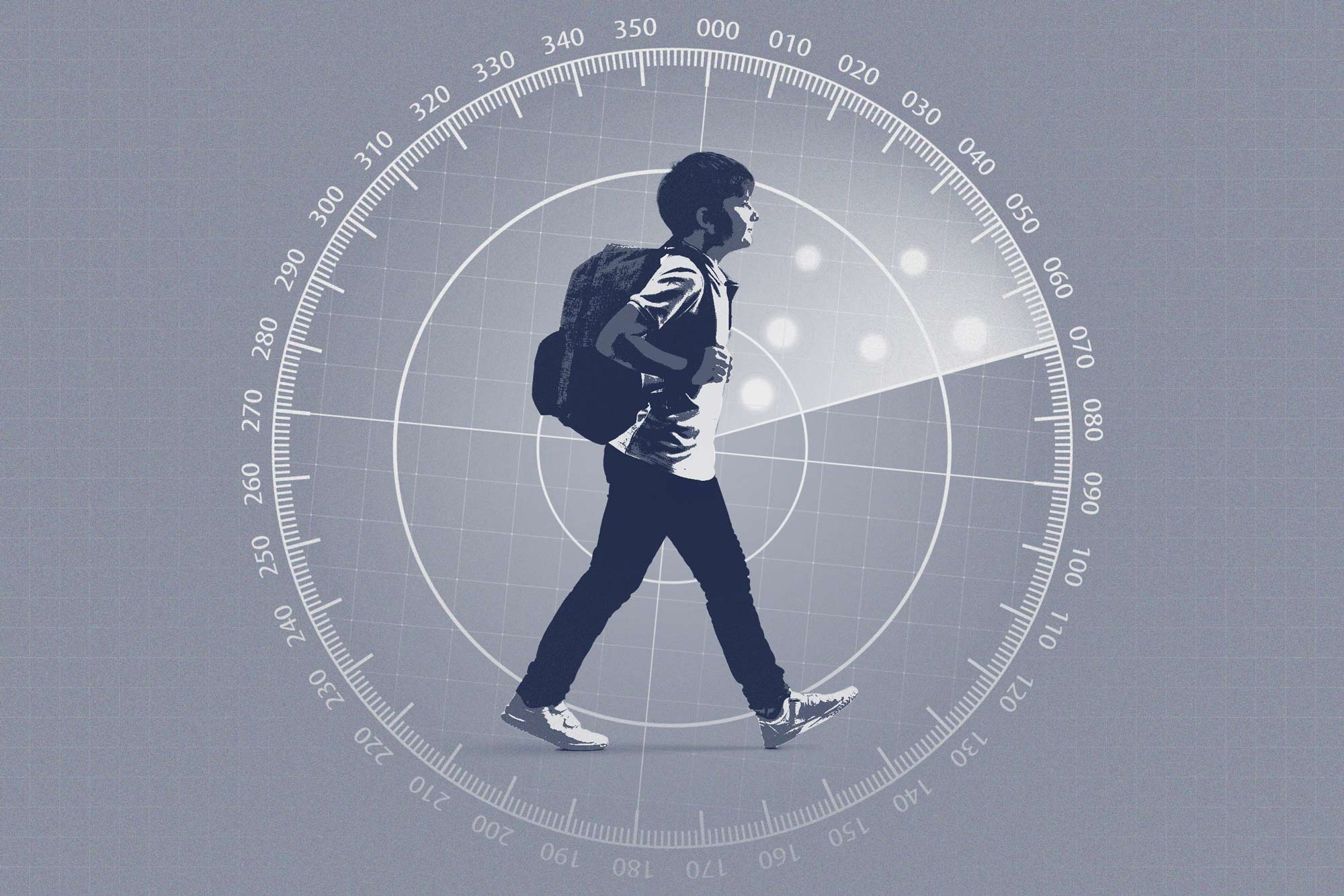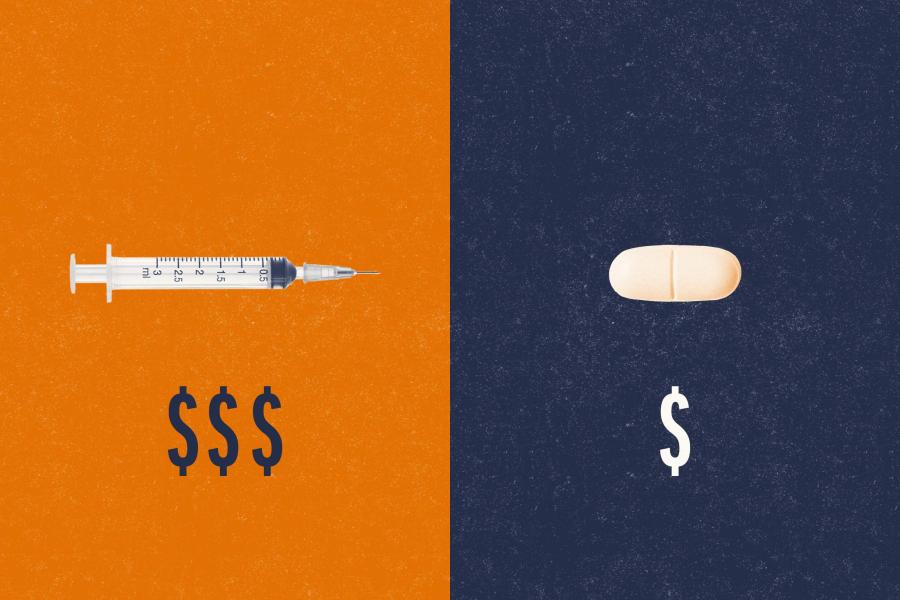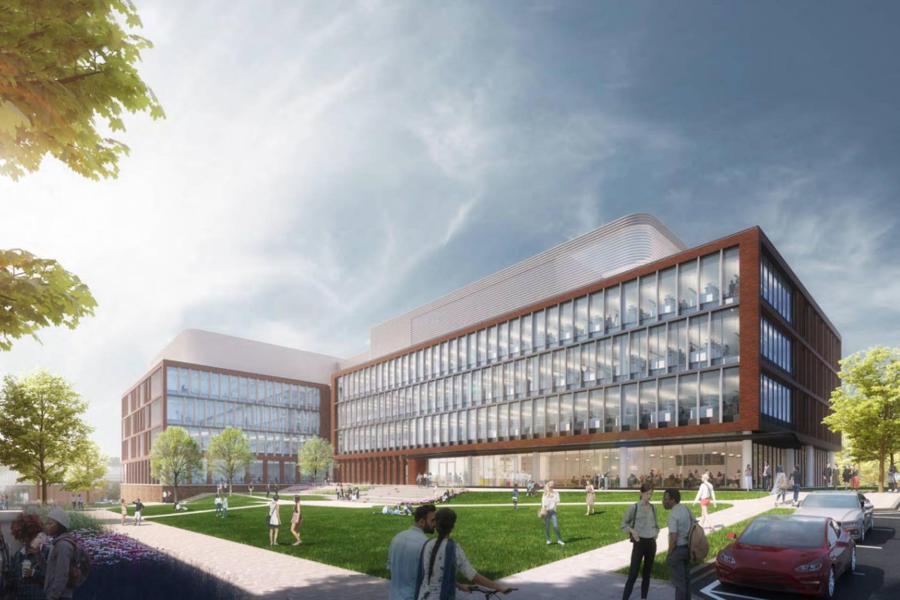Being a kid isn’t as simple as it used to be. In the last 30 years, children’s lives and activities have become so much more monitored, structured and confined than they were a generation ago, you couldn’t be blamed for thinking childhood is becoming as regimented as a prison term.

Brooke Dinsmore’s research indicates that modern approaches to protect and guide kids work, but can have negative side effects on mental health. (Contributed photo)
Brooke Dinsmore, a Ph.D. candidate in sociology in the University of Virginia’s Graduate School of Arts & Sciences, researches the impact these changes are having on children’s lives and their well-being – especially their mental health. She finds that, although the increase in efforts to monitor, structure and protect the lives of children since the end of the last century have made kids healthier and safer, the benefits haven’t come without a cost.
In just three decades, Dinsmore explained, children’s lives have come under increased surveillance – and not just watching, but “systematized watching,” in ways that have long been employed by the criminal justice system. Before the 1990s, it was rare to find schools equipped with metal detectors, camera systems and police officers, or school resource officers who are employed to enhance security. But few schools are without them now, a response to the modern surge of mass shootings in schools.
In addition to those physical forms of surveillance, Dinsmore explained, there has also been a drastic increase in what is known as “dataveillance,” which describes tools like standardized testing and new technology like social media that are transforming youths’ lives into data. It also includes the information that police and family services organizations are collecting on communities. And all those efforts are continuing to expand as technology makes them faster and easier to achieve.
“Youth now have a huge amount of data that’s being collected on them and on their lives, from the time they’re very young children,” Dinsmore said. “From the time their parents start taking digital photos of them.”
There’s an adjacent trend, Dinsmore explained, called “intensification,” which sociologists use to describe the increase in the expectations placed on parents to monitor their children and to structure their activities.
Children’s ability to walk to school or anywhere on their own has dramatically declined since the 1990s, Dinsmore said. Childhood has transitioned from being an activity that involved playing outside with neighborhood kids to being, especially for middle-class families, about piano lessons, karate classes and soccer leagues, which means they have far less unstructured time than they once did.
“The sum of these trends is in part a reduction of the social space of children and the independence they have in our society,” Dinsmore said.
From one perspective, according to Dinsmore’s research, high-level data suggest that the sum of these changes in the experience of childhood are leading to safer, more productive kids who are making better choices. Over the last few decades, teen pregnancies have decreased, teenage drinking and drug use are declining, achievement in school is improving and kids are doing much better on a range of health measures.
At the same time, one very important aspect of kids’ well-being may be going in the wrong direction: their mental health.
In a paper published in the journal Sociological Forum with UVA sociologist Allison Pugh, chair of the Department of Women, Gender and Sexuality at UVA whose work focuses on the sociology of culture and the family, Dinsmore notes that there have been steady increases in anxiety, depression and suicide since the 1980s and ’90s. And the latest data from the Centers for Disease Control suggests that the mental health crisis in young people is only getting worse.
“There is a lot of data showing us that things like autonomy, freedom and the opportunity to make your own choices are linked to positive mental health outcomes. So, we see this as the canary in the coal mine,” Dinsmore said. “Everything looks fine, but this is telling us that something is actually quite wrong.”
Dinsmore also finds that while the increase in mental health problems among young people appears to mirror the rise in popularity of social media, it may be a symptom rather than a cause.
“If you can’t access public spaces with your friends, or if your time is always spent in organized activities, that social media becomes a really important outlet for autonomy,” Dinsmore said.
Giving Kids a Voice
One factor that may be contributing to the problem is that while the enormous amount of data being collected on children is telling us a great deal about their lives, one important data point that’s missing is the measure of the autonomy or agency that children have.
Working on a research project as an undergraduate that allowed her to interview young people between the ages of 9 and 17 about their experiences in their communities and their schools was an important factor in Dinsmore’s decision to go to graduate school.
“That, for me, was what made me sure I wanted to be a sociologist – the experience sitting with young people, hearing their voices and getting a look into their world and hearing the really astute things that they had to say,” Dinsmore said. “I came to graduate school seeing it as a vehicle to continue doing this kind of work.”
The key to understanding how all this increased surveillance is affecting today’s youth is easy, said Dinsmore, whose research involved spending two years in high schools observing students and having in-depth conversations with them about their lives. You just have to ask them.
“We often don’t think of children and teenagers as social agents or social beings in their own right,” Dinsmore said. “But we should ask kids what they think, because they often have a pretty acute sense of what things are impacting their lives.”
One of the things she has discovered in talking to young people is that the kind of schoolwork they were most excited about and engaged with was the kind where the outcomes were more tangible than a grade. Classes like drama, music and vocational-education classes where students are engaged in group projects that have the chance to succeed or to fail are the ones that hold the most meaning for them.
“Students have a lot of real responsibility in drama, for example,” Dinsmore said. “They’re responsible for putting on a play, making props, memorizing lines. Teachers give students a lot of agency in the choices they make, and there are real stakes.”
The important thing, Dinsmore finds, is that the key to stopping or reversing the downward trend in mental health outcomes for our youngest generation is not to blame social media or to point a finger at teachers or overprotective parents or to look for the kind of easy answers that help win elections.
“We need to ask deeper questions about children’s experiences and the rights they have, so we can have deeper societal conversations about the trade-offs that we’re making in how youths’ lives are being structured,” Dinsmore said.
Dinsmore’s research also suggests that Black, Latinx and working-class and poor kids are experiencing much more intense forms of surveillance, along with many of its harsher side effects, which means the inequality gaps for those communities are growing deeper. She continues to work with young people, focusing on teacher-student relationships in high schools and how race and class impact their experiences. The work has earned her two National Science Foundation grants that have helped fund her dissertation research and allowed her to hire two undergraduate researchers – something Dinsmore feels is an important part of the undergraduate experience.
Media Contact
Writer UVA College and Graduate School of Arts & Sciences
rsb5x@virginia.edu (434) 924-5357
Article Information
July 2, 2025






